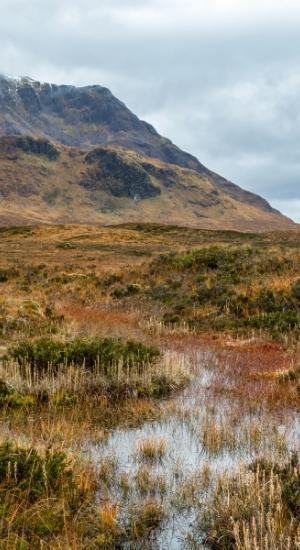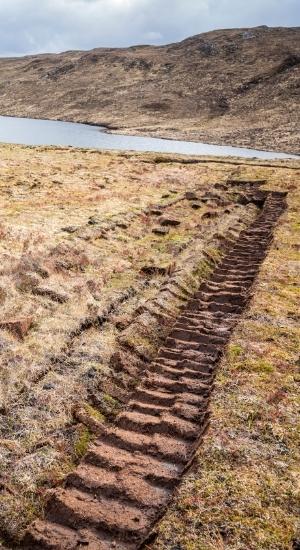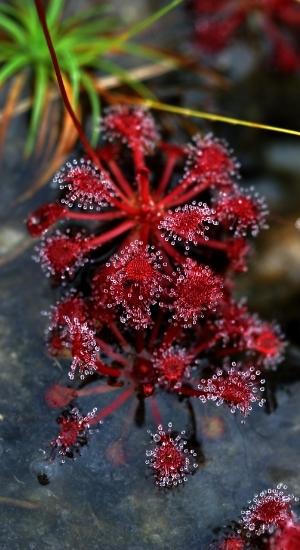Peat has been popular and widely used for many years. In fact, you might be using it in your garden right now.
But maybe you're wondering what peat is exactly, where it comes from and why gardeners love it so much.
What is Peat?
Peat is decomposing vegetation that’s formed in waterlogged conditions – forming many peatlands in the UK known as blanket bogs, raised bogs and fenland. The UK once had many lowland raised bogs too. Unfortunately these were casualties of the horticultural and farming industries.
When plants decompose they produce carbon dioxide normally. However, peat is formed under water it decomposes into carbon and stays there, never to be released. In the UK, these watery wonderlands store more carbon than all of Europe’s forests.
It takes a very long time to come about – growing 0.5–1mm per year. Many of these areas have been around for about 10000 years and can be up to 10m deep.
Why Peat?
Peat is popular in the garden as it retains moisture and oxygen without becoming waterlogged. It also has a natural ability to protect seedlings from fungal disease.
Peat increased in popularity in the horticultural industry as it was cheaper, lighter to transport and easier to source than loam. So by the 1970’s, peat was the star of the show.
However, in spite of its obvious usefulness, over the last few years it's become less desirable.
But why?
Peat’s Problem
Removing the peat disrupts the delicate ecosystem in these areas, destroying unique habitats. This threatens rare species of plants, birds and insects such as:
- Carnivorous plants like sundew, butterworts and bladderworts that have adapted to feeding on insects to make up for the lack of nutrients in the soil
- Birds such as the dunlin, hen harrier, skylark, golden plover and red grouse
- Dragonflies, large heath butterflies, emperor moths and dazzling jewel beetles
Of course, the knock-on effect of disappearing species has untold adverse consequences.
Peatlands hold a huge amount of carbon – they are like giant holding cells for carbon, preventing carbon dioxide from being released into the atmosphere.
Over 500 years worth of ‘peat growth’ can be removed by commercial extraction in only 1 year.
Nearly 70% of peat compost is used by amateur gardeners in the UK – currently using approximately 3 billion litres of peat every year in their gardens.
If you are using peat in your garden it needs to be noted that, once your plants are established, continual use of peat on established plants is not necessary.
Damaged Peatland also leads to:
- Poor drinking water quality
- Surrounding areas becoming vulnerable to floods, fires and drought
For these reasons we have decided to reduce the amount of peat we use at our nursery. This way you can purchase a plant from our nursery with a good conscience knowing the plants have been grown in a more environmentally sustainable way.
Besides reducing the amount of peat used, what other options are there for the at-home gardener?
Apart from making your own compost, there are quite a few other options to choose from.
But we’ll dive into that next time.
Until then, have a look at what’s being done to preserve these beautifully boggy resources here.






















